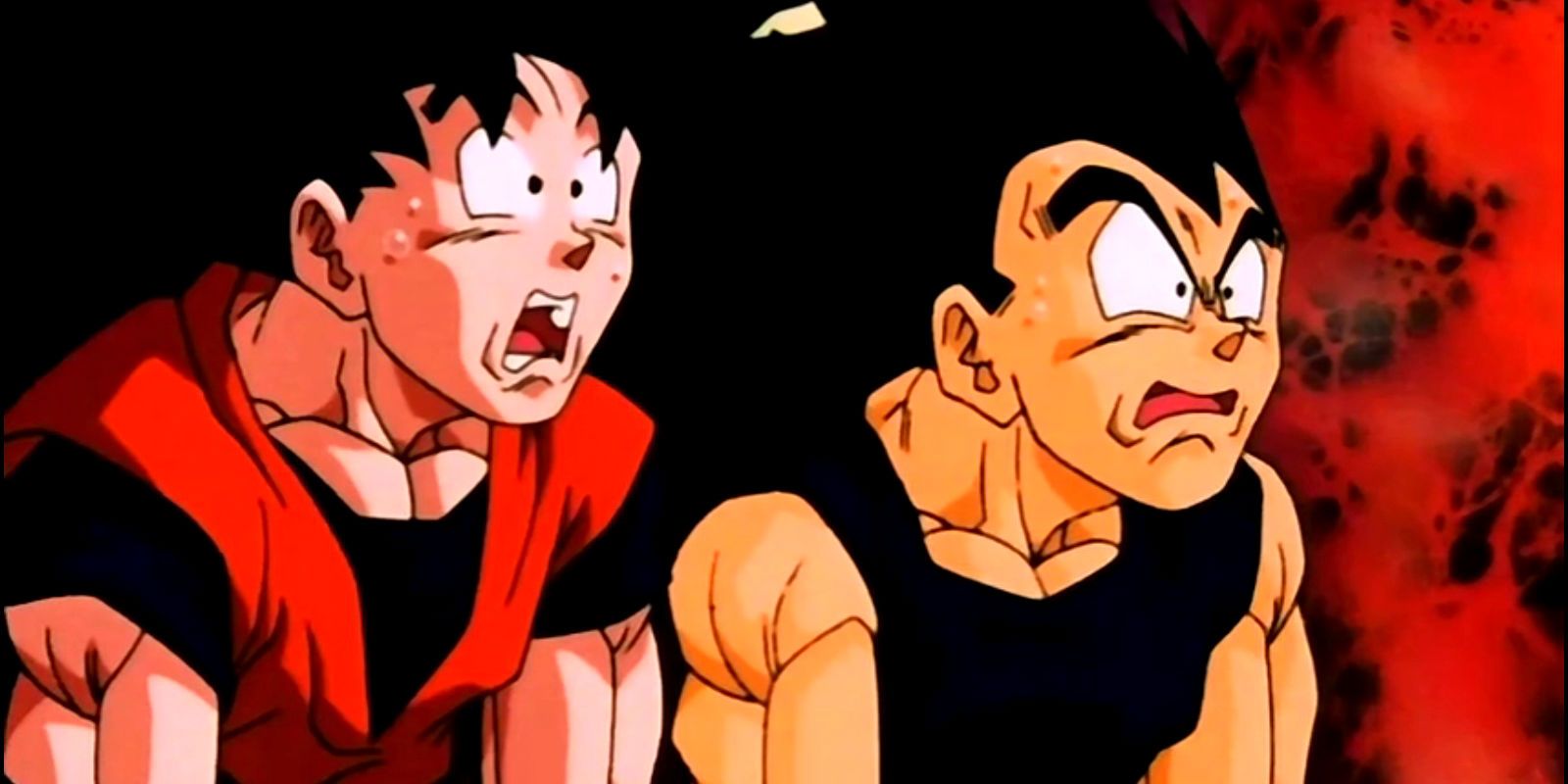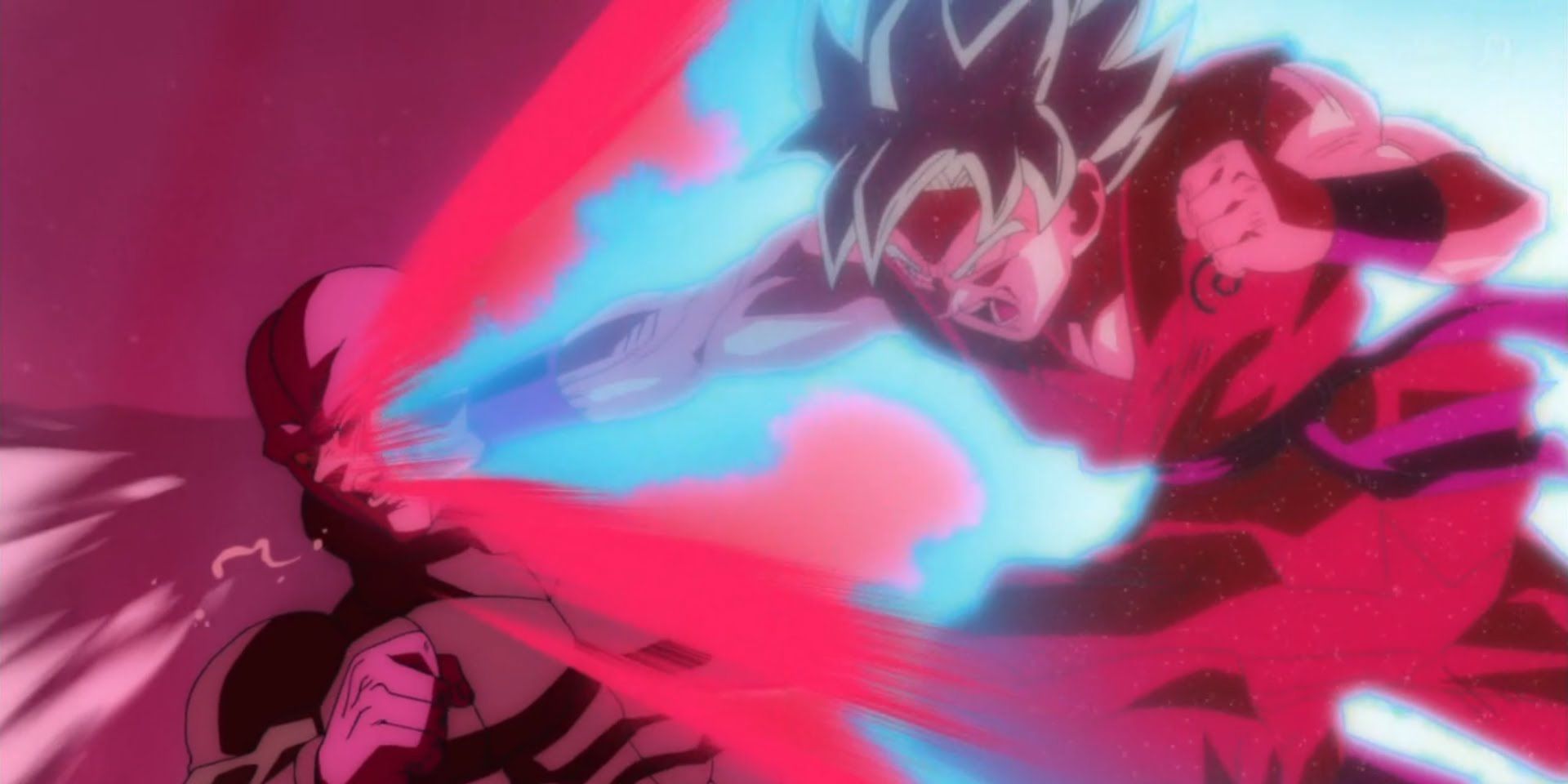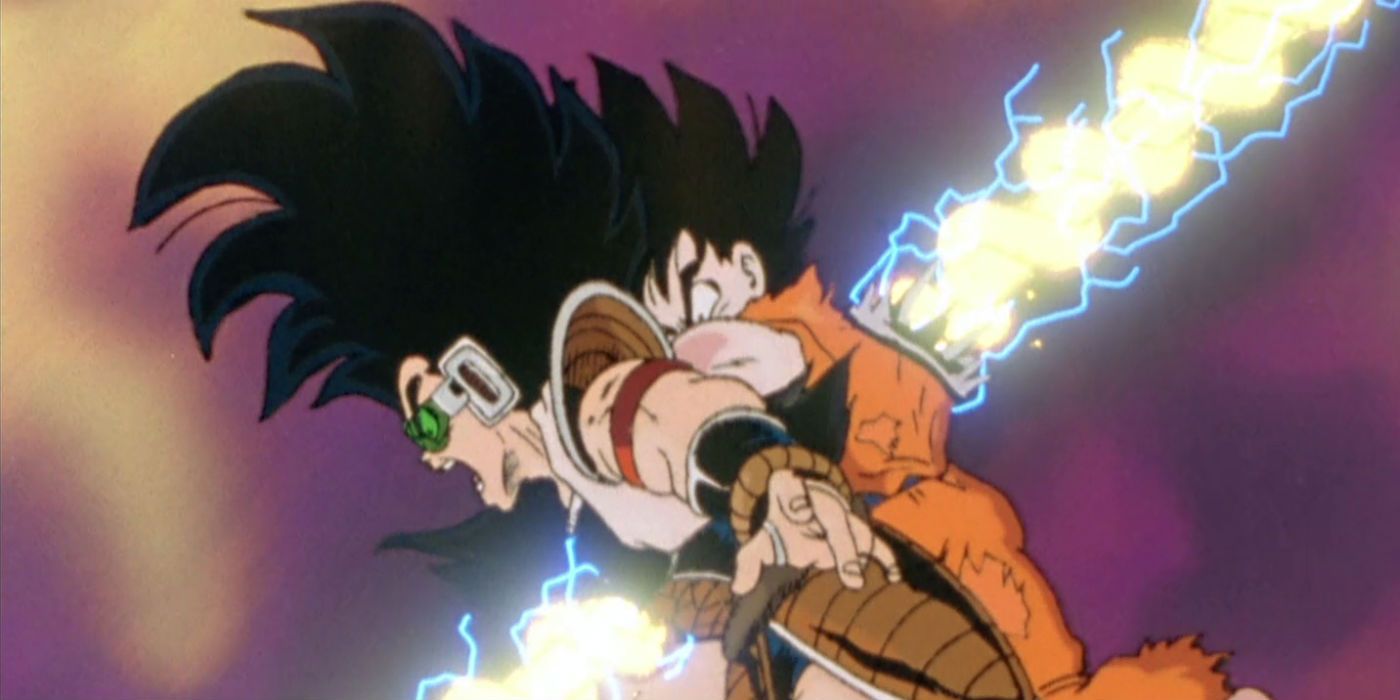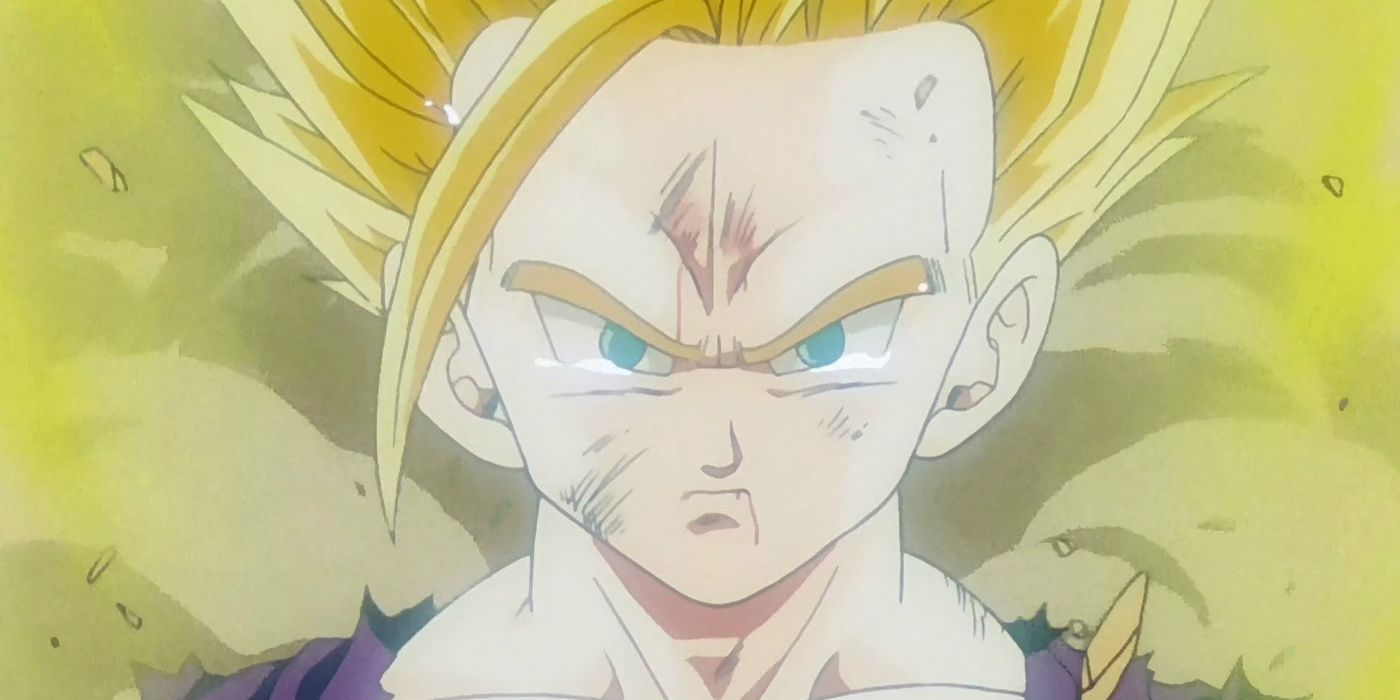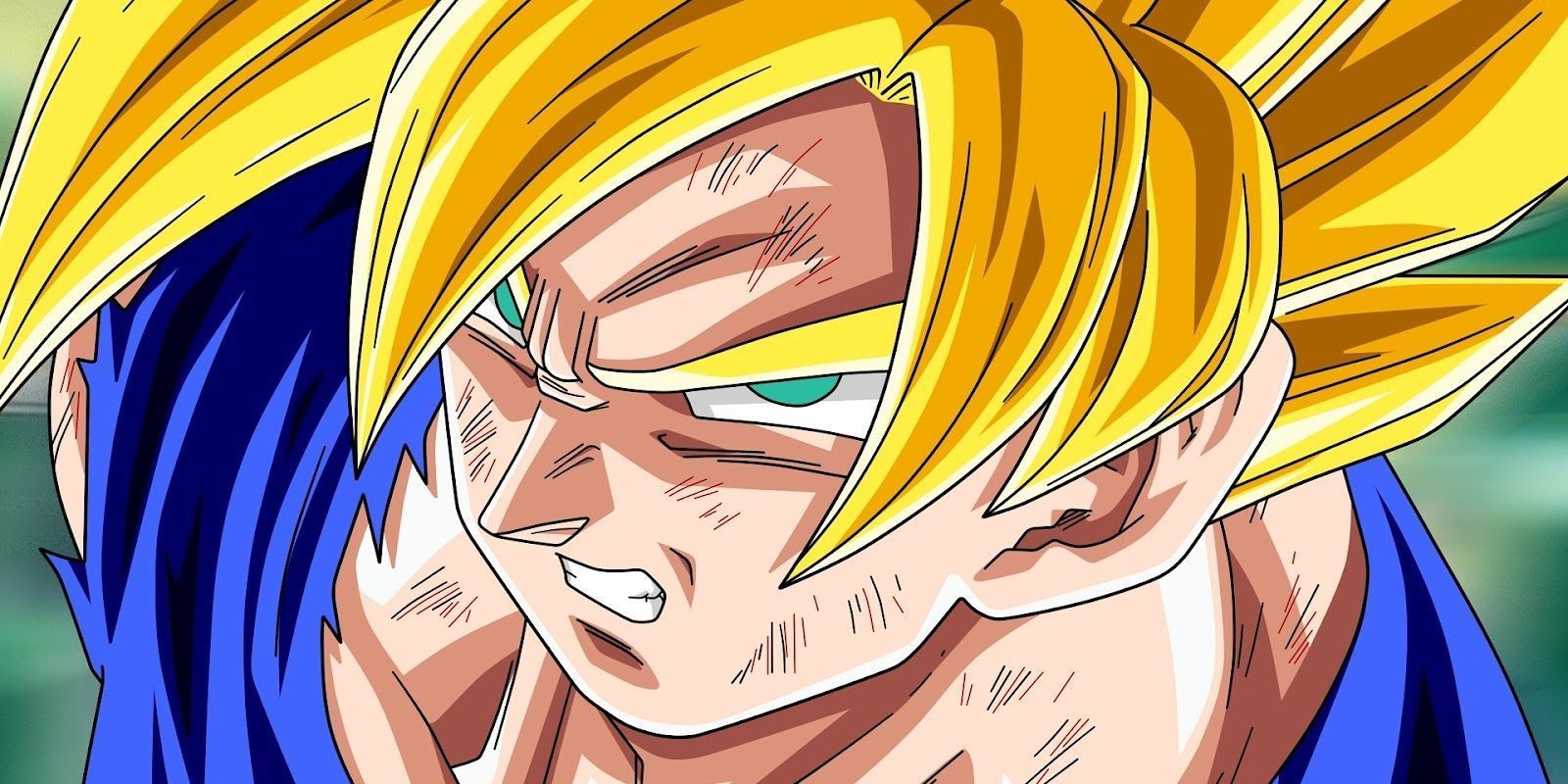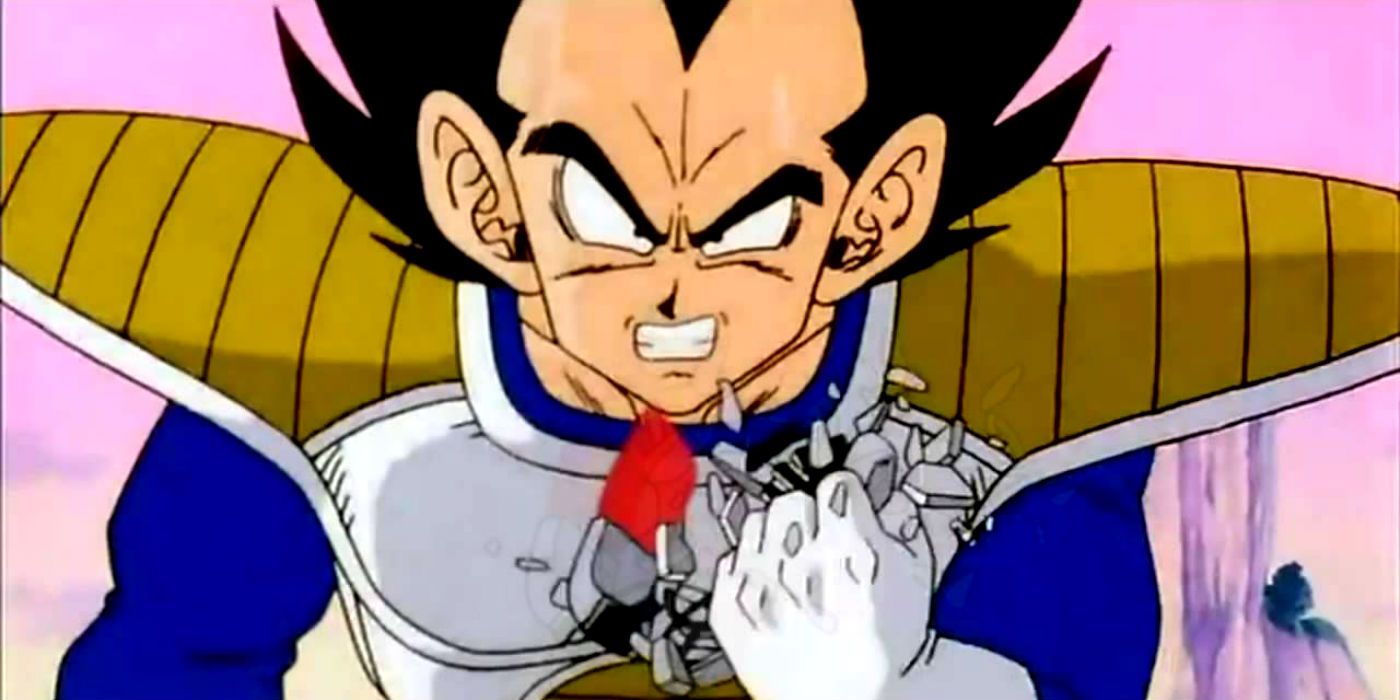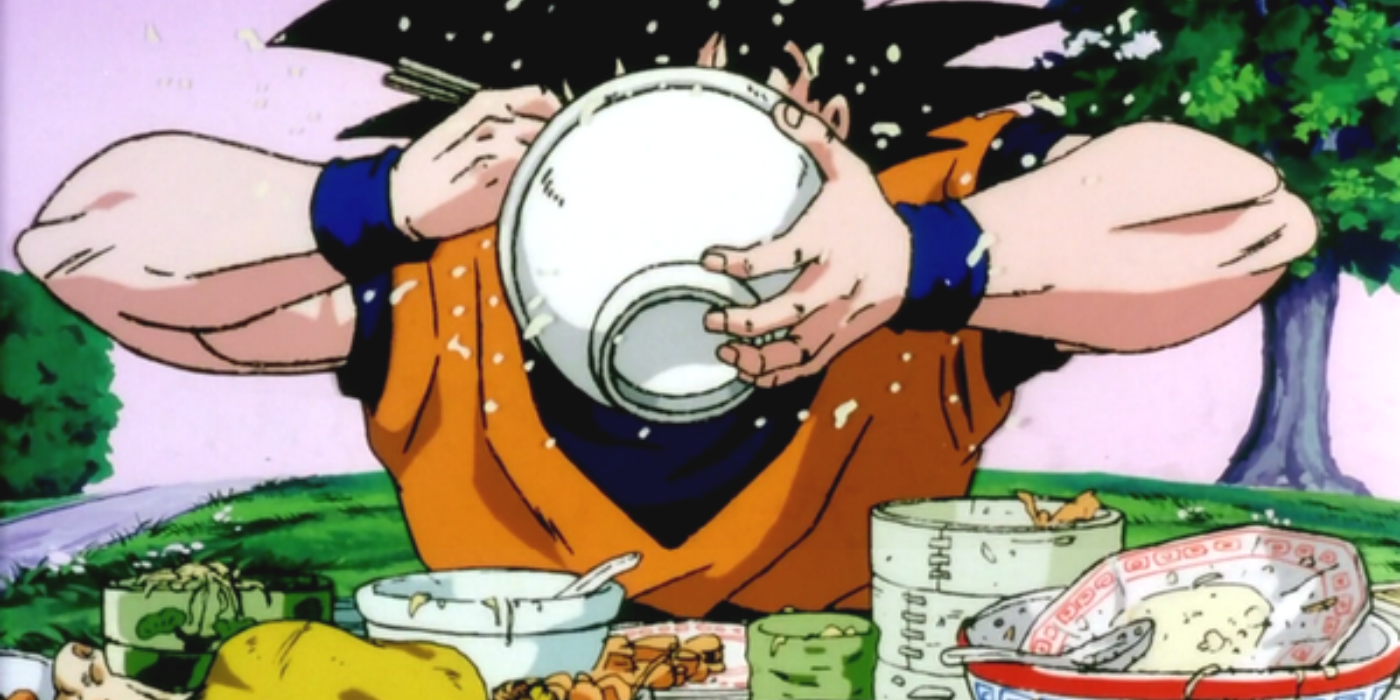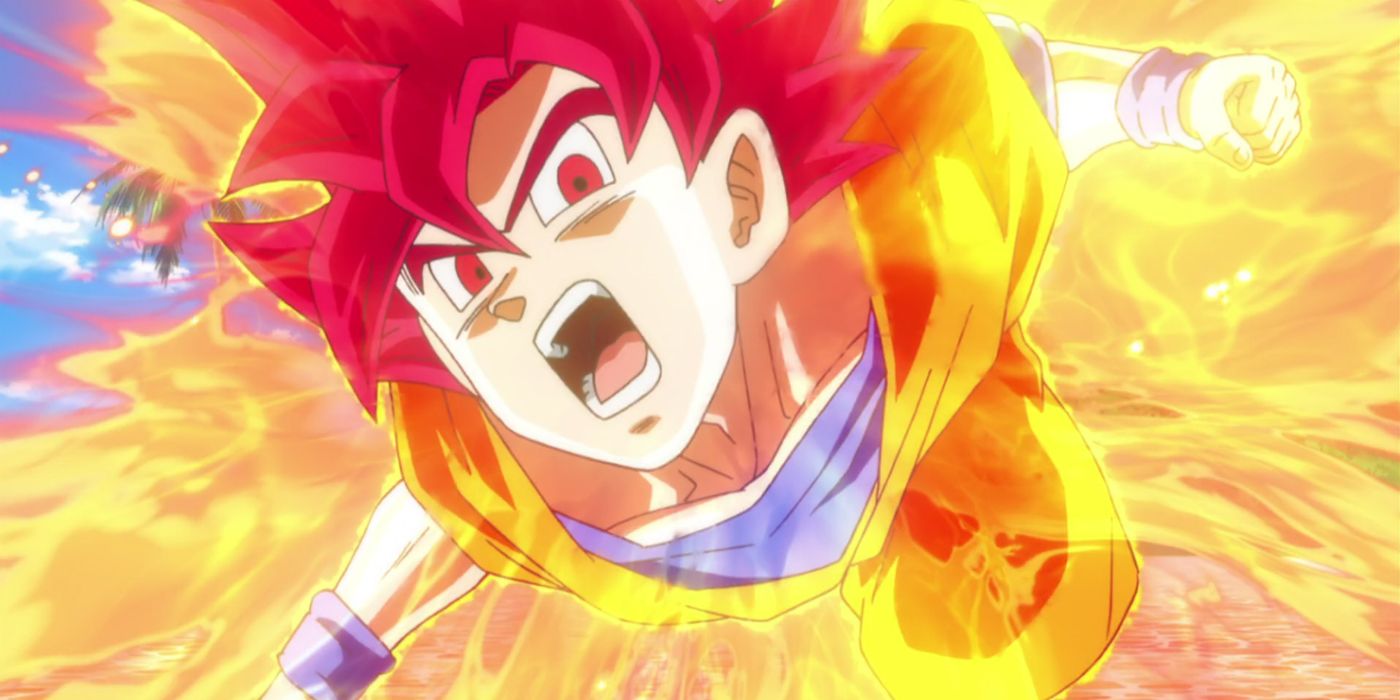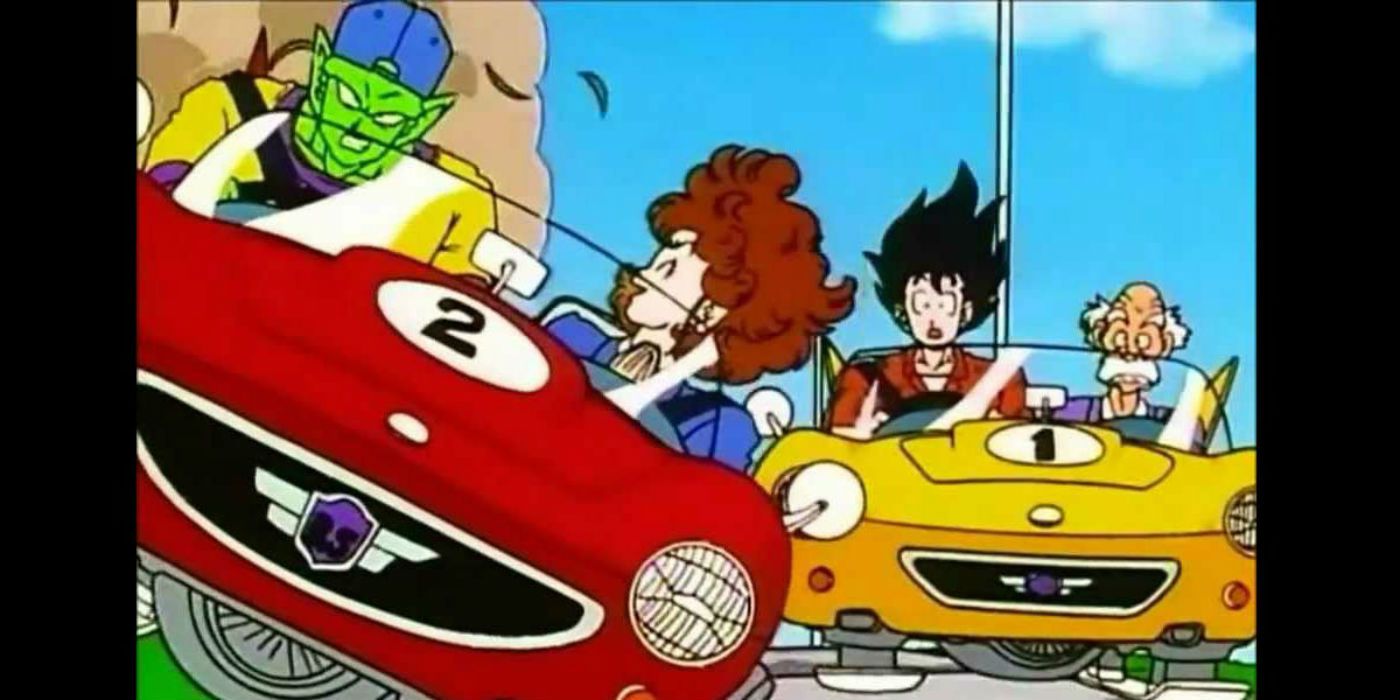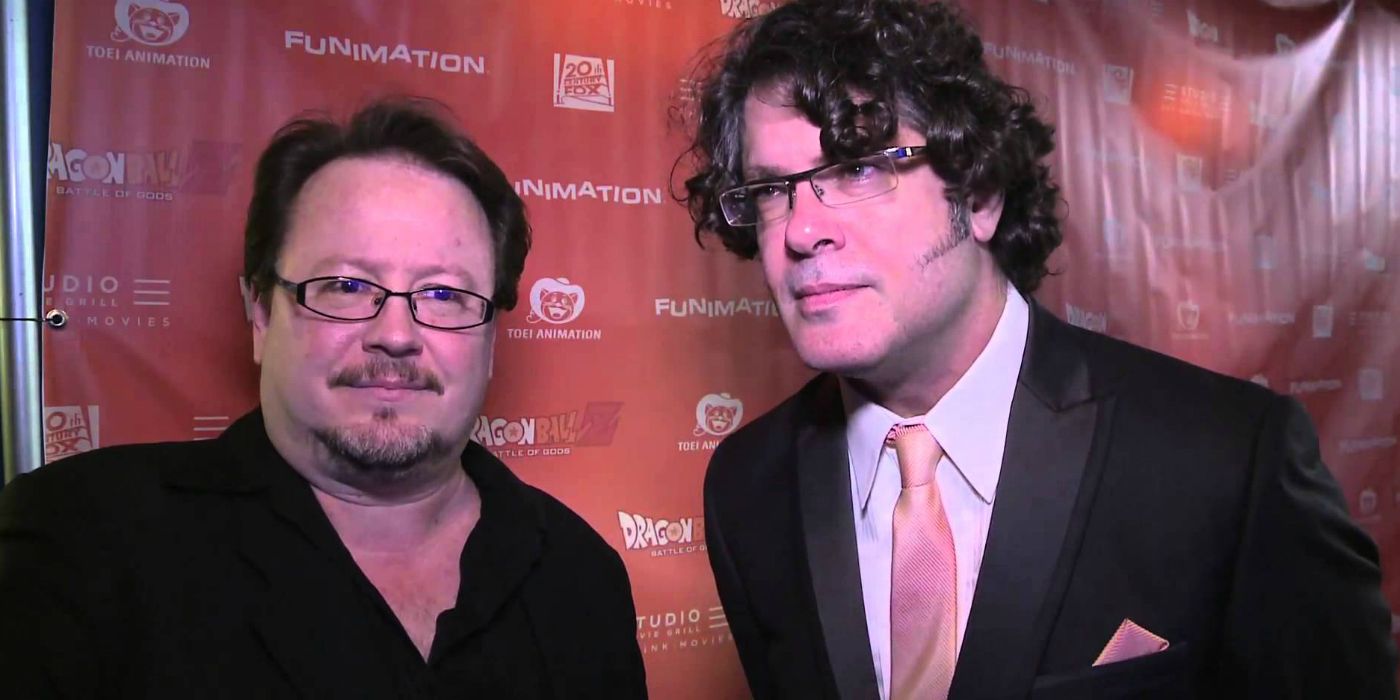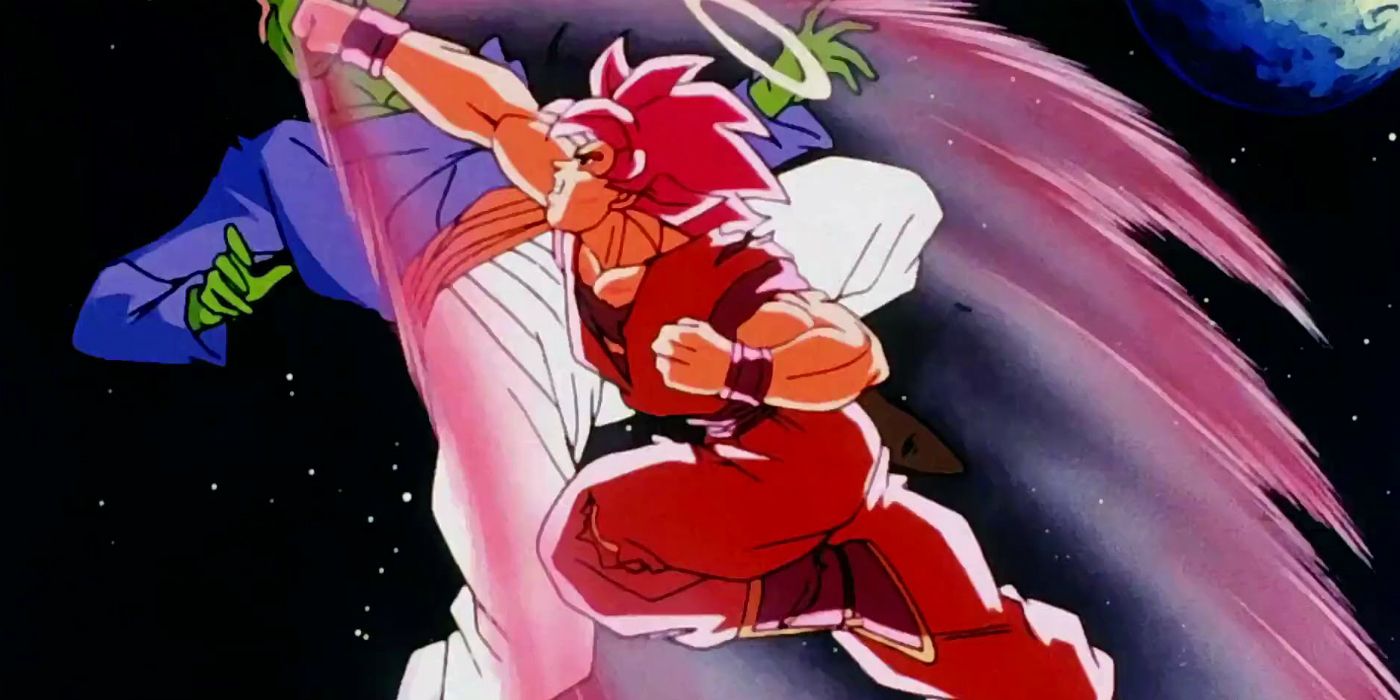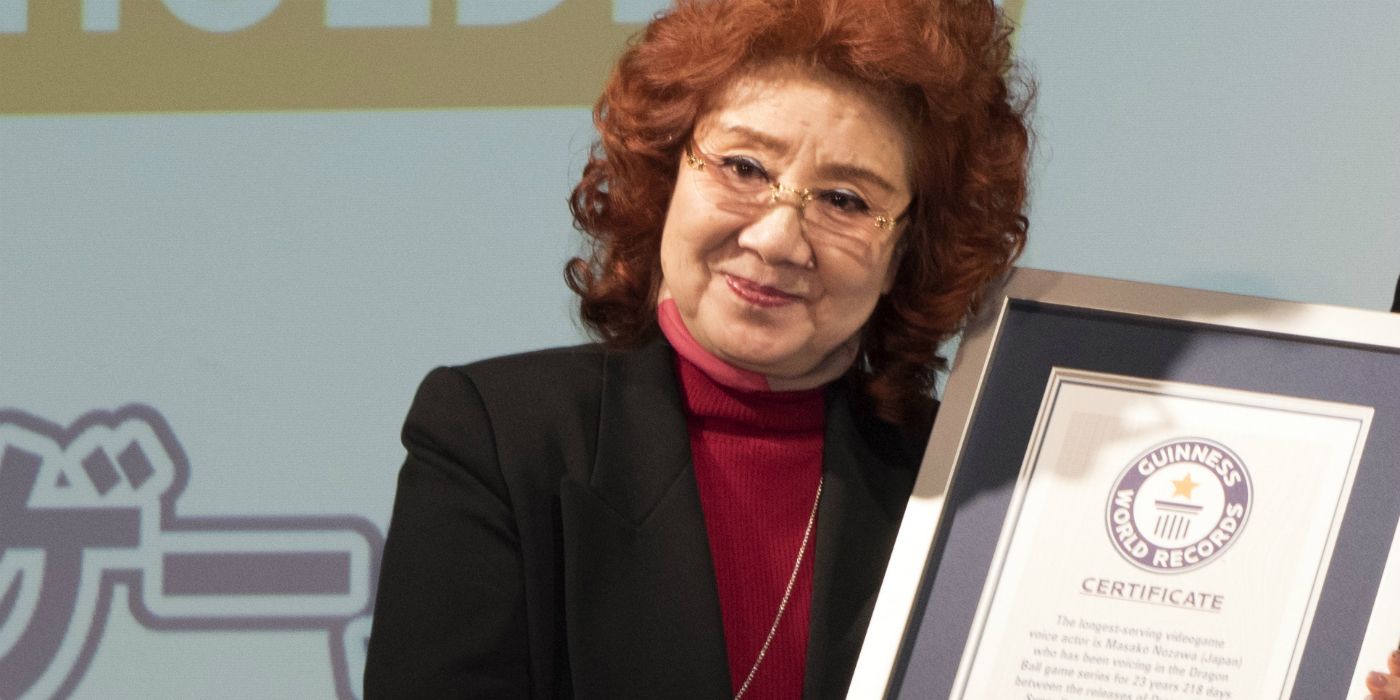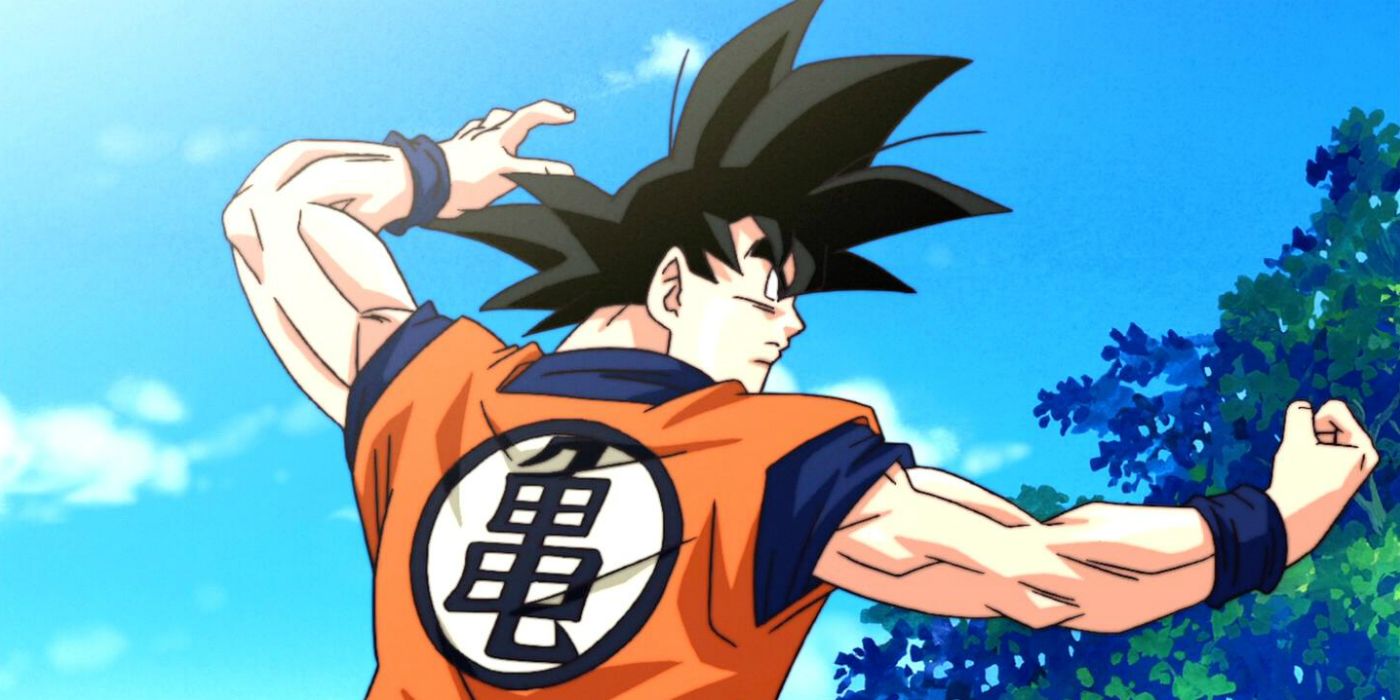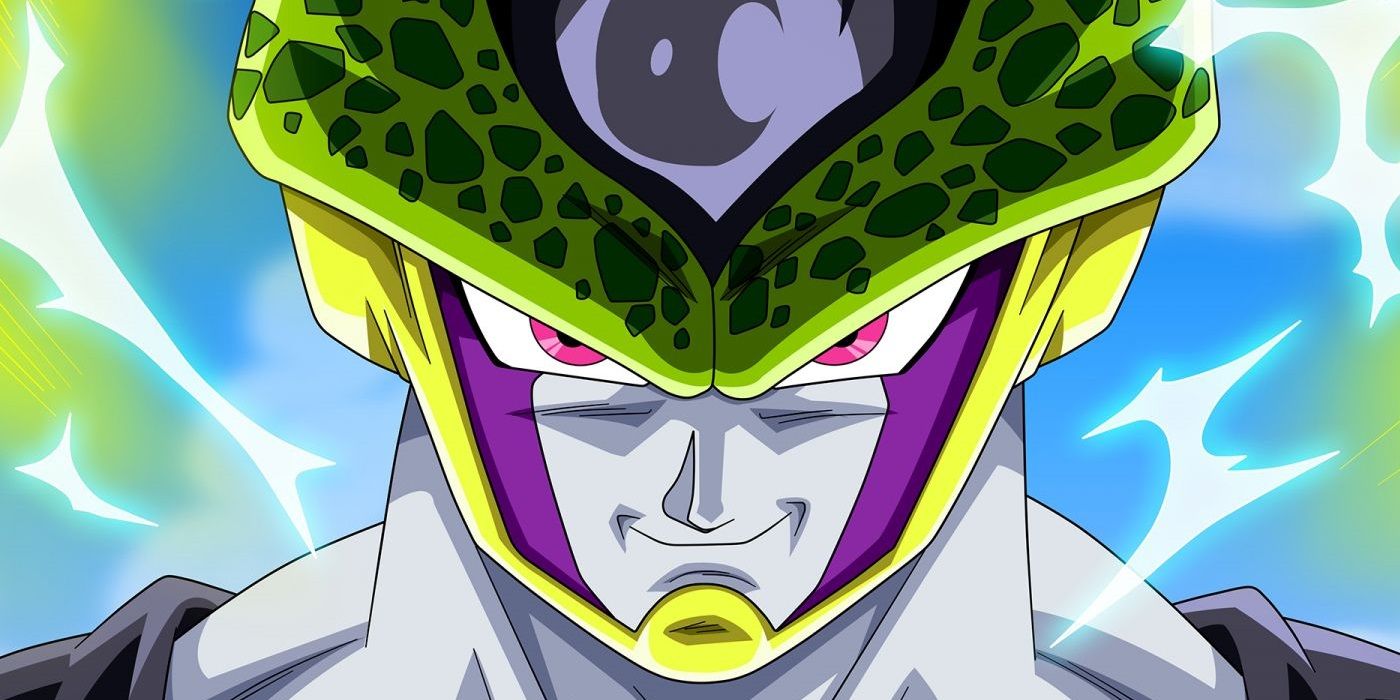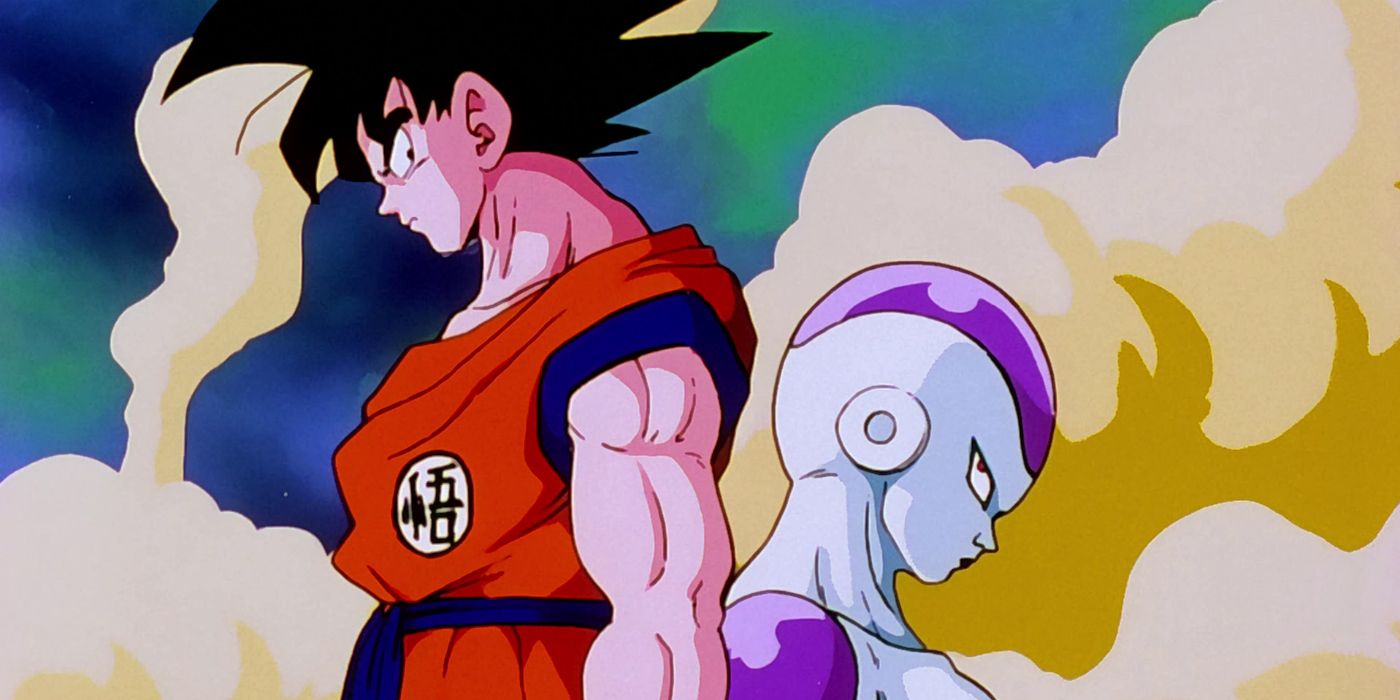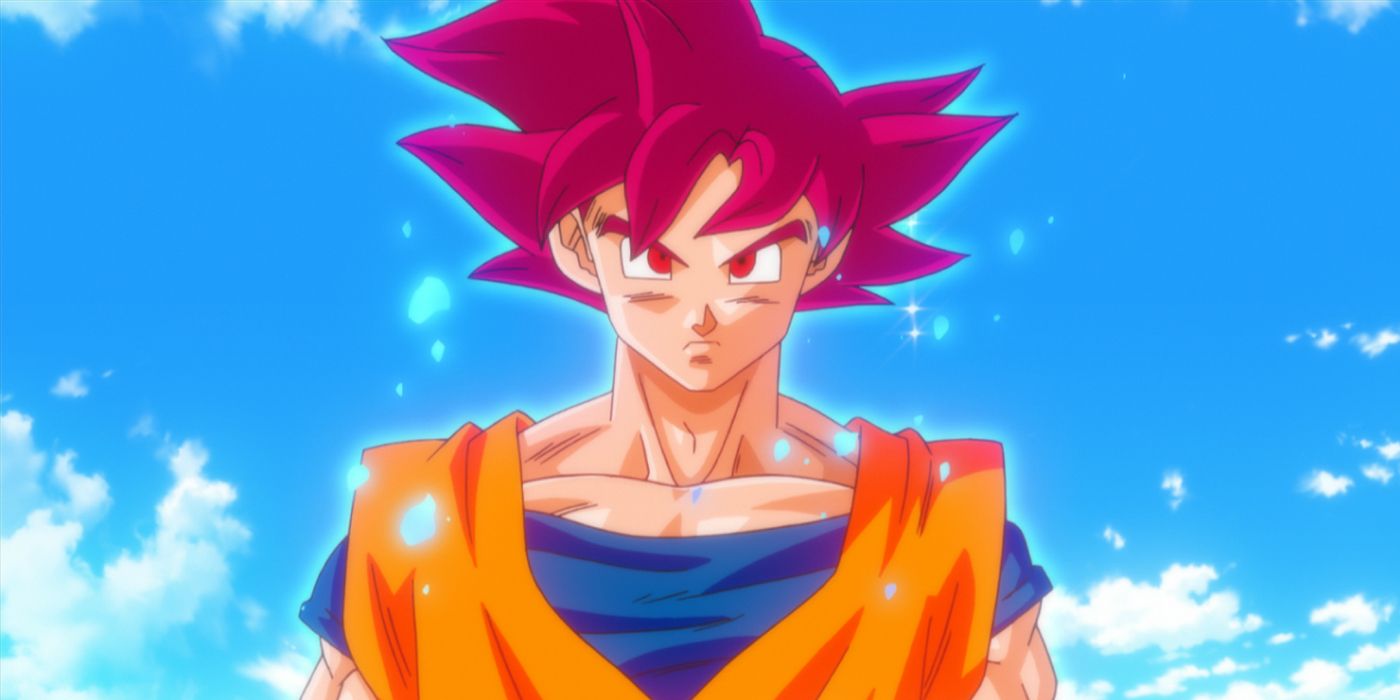Since the debut of the original manga in 1984 and the introduction of its anime adaptations, "Dragon Ball" has taken the world by storm, becoming one of the most popular series in the world. Created by Akira Toriyama, the "Dragon Ball" franchise has become a global phenomenon, spanning a number of animated films and video games in addition to its popular animated series like "Dragon Ball Z" and the currently running "Dragon Ball Super."
RELATED: Dragon Ball Z: 15 Things You Need to Know About Krillin
Given its vast popularity, there are a number of subtle facts and tidbits within the franchise that many fans might be unaware of, given its long run time. Fortunately, we're here to shed some light on the inner mechanisms of the series. For this list, we're counting down some of the more interesting facts within Dragon Ball that helped define the series while also adding to its long-standing and wide-reaching impact.
15 GOKU DOESN'T KILL (MUCH)
"Dragon Ball," which follows the adventures of Son Goku, has some of the most intense action scenes of any series. Goku is the main character of the franchise and faces evil on a pretty regular basis, so it's surprising to note that he has only killed a whopping two people in the entirety of any "Dragon Ball" series.
The first time he killed an opponent was Yakon during the early stages of the Buu Saga. Yakon was one of Babidi's henchmen who had the ability to absorb energy. Goku turned this against him, giving him energy until it was too much and he exploded. The other was Kid Buu, who he defeated with the use of the Super Spirit Bomb. These were the only instances in which Goku definitively killed his opponents, as he failed to kill Frieza on Namek and Piccolo was the one who dealt the blow to his brother Raditz. As powerful as he is, Goku rarely crosses that one particular line. The same can't be said for Vegeta, however, who holds a rather admirable list of kills when compared to his Saiyan rival.
14 GOKU ONLY DIED TWICE
Despite his reputation, Goku has "only" died twice in the entire series, which, when compared to other characters like Yamcha and Krillin, is a pretty solid record. The first death took place during his team-up battle with Piccolo against Raditz. Being too strong for them to overcome alone, they hatched a plan to catch the Saiyan off-guard, with Goku acting as the bait and wrapping him up from behind, giving Piccolo the chance to perforate both he and Raditz with his beam cannon.
The next time was during the Cell Saga, when Cell attempted to self-destruct to destroy Goku and his friends. In an act of quick thinking, Goku used Instant Transmission to take him to King Kai's planet, where he was caught in the explosion. It's interesting to note that during both of these instances, Goku's death was a result of sacrifice, as no opponent has ever killed him in single combat. Such deaths speak to Goku's skill and his righteous nature to protect his loved ones. Of course, he was eventually brought back by the Dragon Balls both times, but it didn't make his sacrifices any less impactful.
13 TORIYAMA FORGOT SUPER SAIYAN 2
A series' creator has to juggle a lot of things on their plate. From various plot lines, characters, story arcs and designs, it's not easy creating any kind of world. Unfortunately for Toriyama, "Dragon Ball" gave him a little too much to juggle, as he admitted in an interview that he forgot a very important aspect of his characters' powers: Super Saiyan Two.
The form, also known as Ascendant Super Saiyan, was introduced as the level beyond the base Super Saiyan form. The form was what allowed Gohan to defeat Perfect Cell in the Cell Games saga and was what acted as the eventual stepping stone into Super Saiyan Three. For some reason, the form was never addressed much beyond its introduction and fans inquired as to why Toriyama didn't make use of it. When asked, he simply replied, "I forgot." Well, at least you can't doubt his honesty, and it was certainly a better response than trying to manufacture an excuse for it. Regardless, if fans wondered whatever happened to Super Saiyan Two post-Cell Games, they now have their answer.
12 SUPER SAIYAN WASN'T INTENTIONALLY BLONDE
Manga artists put a lot of work into their craft. Unlike regular comic artists, who routinely switch between issues, manga artists must write the story and are responsible for the art. Manga artists like Toriyama put out work on a weekly basis and run on very little sleep and few days off. This can sometimes lead to changes in character designs that might make it easier to draw and lighten the load, if even a little, on manga artists and their assistants.
Such was the case for Toriyama, who, when unveiling Goku unlocking Super Saiyan during his battle against Frieza, opted to make his hair blonde to make it easier to draw for himself and his assistants. The decision was made because the form would have required a lot of extra filling in of black used to represent darker colors given that manga does not use colors like superhero comics or graphic novels. This artistic decision certainly worked out for the long term, especially once the reveal was adapted into "Dragon Ball Z," and goes to show how little design decisions like hair color can go a very long way.
11 IT'S OVER 9000 WAS CHANGED
The Saiyan Saga of "Dragon Ball Z" became the birthplace of one of the most iconic memes, which featured the "It's Over 9000" statement made by Vegeta in reference to Goku's power level upon his return to face he and Nappa. However, what few know is that the statement made by the Saiyan is, in fact, a change from the original source material.
In the manga, Vegeta's statement placed Goku's power level at 8,000, not the iconic 9,000 that the series became known for. However, when dubbing the series over to English, the change was made in order to make the lip sync process more consistent, and the words flowed more naturally with 9,000 as opposed to the original 8,000. As is often the case when dubbing from anime or other foreign works, words are often changed to either make more sense to the audience or allow the words to line up with the character's lip movements. While 8,000 certainly doesn't have the punch that 9,000 has, it was yet another small change that managed to resonate with English audiences and maintain the impact and popularity it had in Japan.
10 NAMED AFTER VEGETABLES
When it comes to any creative work, names can hold significant power and meaning. This is especially the case in "Dragon Ball," where the names of each character have their own unique meanings. For Toriyama, some of his characters have a common theme associated with their names: food.
The Saiyan characters are unique in that their names are all based on vegetables. Vegeta's name is based on the word "vegetable." Broly's name is based on "broccoli," while Goku's original name, Kakarot, is based on "carrot." By the same token, his other brother Raditz's name was taken from "radish." These Saiyans follow a common theme, several other "Dragon Ball" characters take their names from food. Gohan's name means rice in Japanese and Krillin's is translated to mean chestnut. If there's one thing Toriyama loves to do with his characters, it's to make creative use of their names through various puns. At the very least, he might be delivering a subtle message about the importance of vegetables by making his most powerful characters' names based on them.
9 BATTLE OF GODS WAS GOVERNMENT FUNDED
"Dragon Ball Z" has been such a major worldwide success and one of the most popular franchise to originate from Japan. So, when the 18th film in the "Dragon Ball Z" universe, "Battle of Gods," was slated for release in 2013, it got a little help from a very unlikely source: the Japanese government.
Looking to promote more of its work overseas, the government approved an initiative started by a non-profit organization known as UNIJAPAN, which seeks to support the Japanese film industry on an international level. The organization initiated what was known as a "Co-production Certification Program," which gained the backing of important areas within the Japanese government. Fortunately, "Battle of Gods" happened to fall within their realm of support. As a result, they were able to provide Toei Animation, the studio that animates "Dragon Ball Z," a generous gift of 50 million yen (roughly $636,000). Given the expenses of making anime in general, this was quite an astounding means to help fund the project. Their money wasn't wasted, as "Battle of Gods" was met with resounding success both in Japan and overseas, earning over $51 million at the box office.
8 THOSE FILLER EPISODES HAVE A PURPOSE
Anime like "Dragon Ball Z" often have to borrow from their source material, which is the original manga drawn by Toriyama. As a result, the manga is often ahead of the anime so that it can stick to the source material in a timely fashion. However, there are times when long-running series catch up to the anime and there isn't enough source material to cover. As a result, filler episodes are made to give the manga time to get ahead. "Dragon Ball Z" is one such example of this.
Storylines like the Garlic Jr. Arc and the Other World Tournament Arc are designated as filler, meaning that it only appeared in the anime and not the manga, which designates it as non-canon to the overall story. Some can be as long as those arcs or last one episode, as was the case when Goku and Piccolo took a day trip to the DMV at Chi-Chi's behest to learn how to drive. Such episodes often occur in-between major canonical story arcs and can often be very lighthearted and add more comedic elements to the series that are absent during primary story arcs.
7 VOICE ACTOR PASSED OUT GOING SUPER SAIYAN
It's no secret that screaming power-ups and transformations are a staple within the "Dragon Ball Z" franchise. Without it, it just wouldn't be the same. All that screaming certainly takes it toll, and one of the voice actors found that out the hard way. Sean Schimmel, who did the English voice of Goku for Funimation, revealed in an interview back in 2013 that he passed out during one of the Saiyan's many transformations. The moment-in-particular came during the anime-only "Dragon Ball GT" when Goku transformed into Super Saiyan Four.
Schimmel explained that he had been working non-stop and was very tired. While recording, he states that he misjudged the amount of air and proper vocal technique needed during power-up scenes, which resulted in his passing out. Given how long Schimmel has voiced adult Goku and never passed out through all the Super Saiyan transformations up to that point, doing so once in the non-canon series is a pretty stellar track record. It also speaks to his voice acting ability to play such a demanding lead role like Goku, who demands near constant screams due to his power-ups, making Schimmel's contributions nothing short of amazing.
6 187 FIGHTS (AND COUNTING)
As an action-based anime, it should come as no surprise that "Dragon Ball" and "Dragon Ball Z," as well as the other companion series, have given audiences us a fair share of fights over its long run. In fact, that number is a whopping 187 fights between the two series. It's also worth noting that this number doesn't even take "Dragon Ball Super" into account yet.
From child Goku's fights in World Martial Arts Tournaments in "Dragon Ball" to adult Goku's epic battles against Frieza, Cell and Buu, Toriyama has managed to keep fans wanting more and more after every fight. It's rare that a long-running series can keep having captivating fights at such high levels. To have had such a large number of them speaks to the show's ability to continually offer something a little different with every fight. Obviously, some fights will be more memorable to fans than others, but with 187 fights to choose from, there's bound to be plenty of agreement on which fights constituted as the best within the franchise.
5 GOKU's 30-YEAR VOICE
Before Sean Schimmel became popular in the states for voicing Goku in the "Dragon Ball Z" English dub, there's a more famous voice actor beyond him: Masaki Nozawa, who has voiced adult Goku from the beginning of "Dragon Ball" until now. That's over 30 years of voicing the iconic Saiyan warrior. In addition to Goku, she also provides the voices of Gohan, Goten, Gotenks, Vegeto and even Bardock. Nozawa is nothing short of a voice acting legend in Japan, having been with the anime from the very beginning.
As is often the case in Japan, many lead male characters in popular anime series are actually voiced by women. Naruto Uzumaki is voiced by Junko Takeuchi in "Naruto," Mayumi Tanaka voices Luffy in "One Piece" and Pikachu is voiced by Ikue Otani. Nozawa is widely popular in Japan and even owns two Guinness World Records for the "longest voice acting career in a video game" and "voicing the same character in a game for the longest time," having provided the voice of Goku in "Dragon Ball" games for over two decades. Even at age 80, she's still going strong and shows no signs of slowing down.
4 GOKU'S SYMBOLS REPRESENT HIS MASTERS
During the first half of "Dragon Ball Z," Goku wears unique symbols on the front side and back of his clothes. Given that these are Japanese symbols, it could be hard to understand what they mean. These symbols actually have some deep meaning and have actually changed several times.
The symbol he first wears is Master Roshi's kanji, which means "turtle" in homage to the hermit. It is given to Goku after he completes his training with Roshi and is worn as the small patch on his chest. When he completes his training with King Kai during the Saiyan Saga, Goku dons the kanji for his new master, which can be translated to "world king." At this point, Goku wears Roshi's symbol as a patch on the left side of his clothes and King Kai's on the back. Then, after training on his way to Namek, both masters' symbols are replaced with Goku's own kanji, which represents "wisdom or enlightenment." While the symbols disappear during the Android Saga (likely for the sake of drawing time), these symbols hold a lot of weight and chronicle Goku's progression as a fighter throughout the series.
3 CELL WASN'T ORIGINALLY THE BIG BAD
The Cell Saga was one of the most exhilarating story arcs within "Dragon Ball Z," as it introduced us to a powerful villain in Cell and introduced cool characters like Future Trunks. However, that entire storyline was not Toriyama's original intention and neither was Cell, who wasn't going to be the main villain. That title was set to go to Android 19 and Dr. Gero, the latter of which was responsible for creating Cell and the rest of the Androids as revenge against Goku for his actions against the Red Ribbon Army.
However, Toriyama's editors didn't feel that this old man and android were exciting villains, so they became short-lived as support villains. Instead, he tried to make Androids 17 and 18 the primary villains, and his editors still weren't moved. It was only after this that Cell was created and Toriyama's editors were satisfied. These kinds of decisions illustrate how the power of good editors can change the flow of a story for the better and challenge their writers to do better. They were certainly changes for the better, as having those previous Androids as antagonists wouldn't have had the same feel of menace that Cell did.
2 GOKU VS FRIEZA IS THE LONGEST FIGHT
Particular fights within "Dragon Ball Z" can often last quite a while, but none of them hold a candle to Goku's battle against Frieza, which holds the title as the longest anime fight at an astounding three and half hours. Starting from Goku's base form all the way through to his becoming a Super Saiyan, this was a knock-down, drag-out anime fight for the ages.
In this fight, everything was on the line, from avenging his former home world and Krillin to protecting his friends on Earth, the battle had a great amount of emotional weight that could be felt with each punch and every blast. Eventually reaching a point where Namek was on the verge of exploding, it was stated that Goku and Frieza had only five minutes to escape or they would be caught in the blast. It became something of a running joke among fans of how technically short the fight was within the show, given the five-minute designation that took about five episodes to occur. Regardless of length, the fight holds a strong resonance with fans and further cemented "Dragon Ball Z" as arguably the best action-oriented show of its time.
1 MAY 9TH IS GOKU DAY
"Dragon Ball Z" is such an iconic series that has made its mark both worldwide and its country of origin in Japan. So, why not have a day to celebrate it? Approximately two years ago, that's exactly what happened, as May 9th was officially named "Goku Day" in Japan, though that shouldn't stop fellow fans everywhere from celebrating it. But why is May 9th the exact date?
The reason is due to the fact that the numbers five and nine are pronounced "go" and "ku," respectively. As a result, the holiday is a bit of a cultural pun, yet it works out all the same. The decision to create a Goku Day was initiated by Toei Animation, who applied to the Japanese Anniversary Association to have the date recognized. In much the same manner that May 4th is "Star Wars Day," May 9th is the day to celebrate the accomplishments of Goku and the "Dragon Ball" franchise. As such, fans often raise their arms high to give Goku their energy to commemorate his continued success in beating down the bad guys.
What did you think of our list? Do you have any little-known facts about the Dragon Ball franchise? Let us know in the comments!

